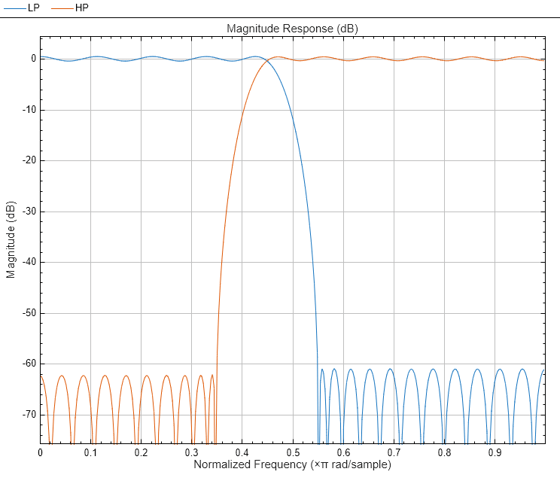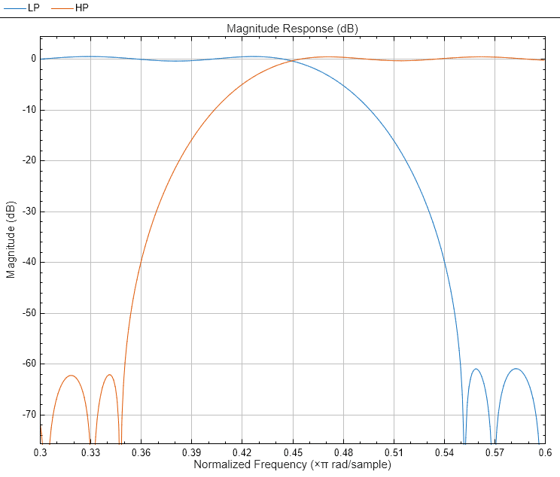zoom
Syntax
Description
zoom(
zooms into the area specified by fa,"xy",lims)lims in the active display of the
Filter Analyzer app
fa.
zoom( restores the axes limits
to the default values.fa,"default")
zoom( zooms into the passband
of the filters. To use this syntax, you must have specified filters with design metadata
in fa,"passband")fa. To include metadata in your design, use a
digitalFilter object or a filter System object™. You must have a DSP System Toolbox™ license to use this syntax.
zoom(___,DisplayNums=
zooms the displays with numbers specified in dispnums)dispnums, in addition to
any combination of input arguments from previous syntaxes..
Examples
Input Arguments
Version History
Introduced in R2024a

